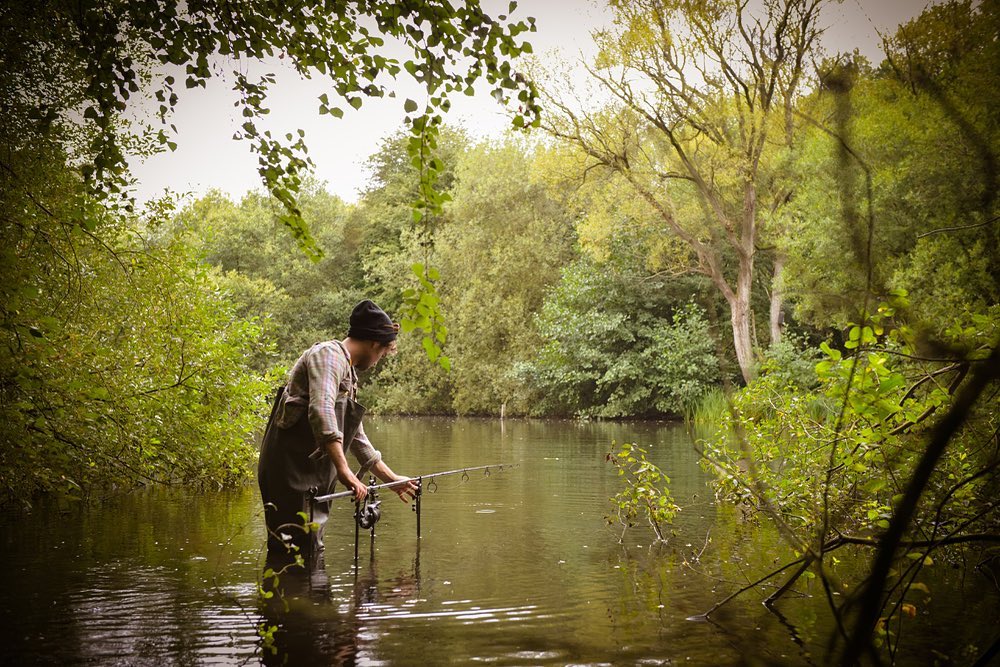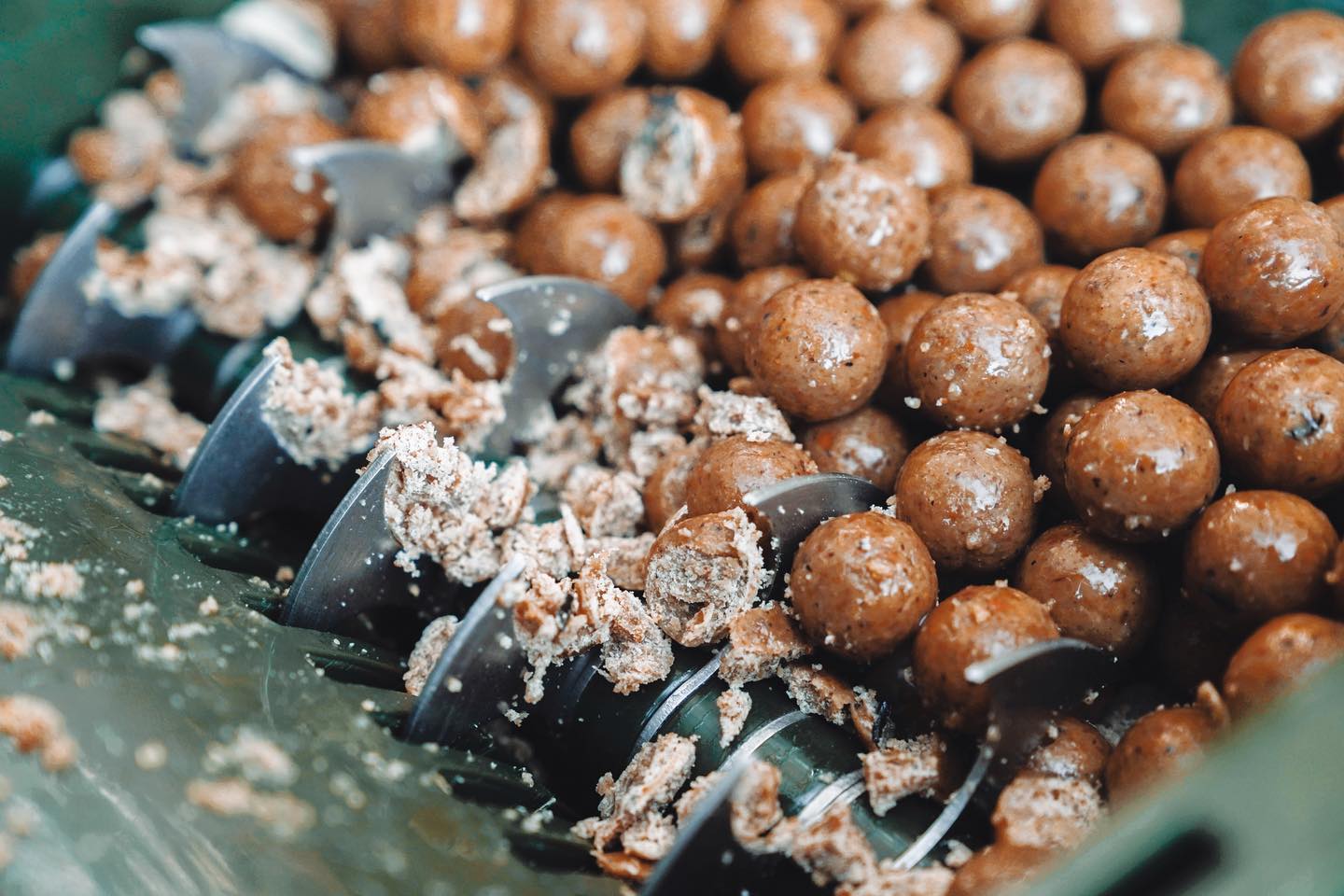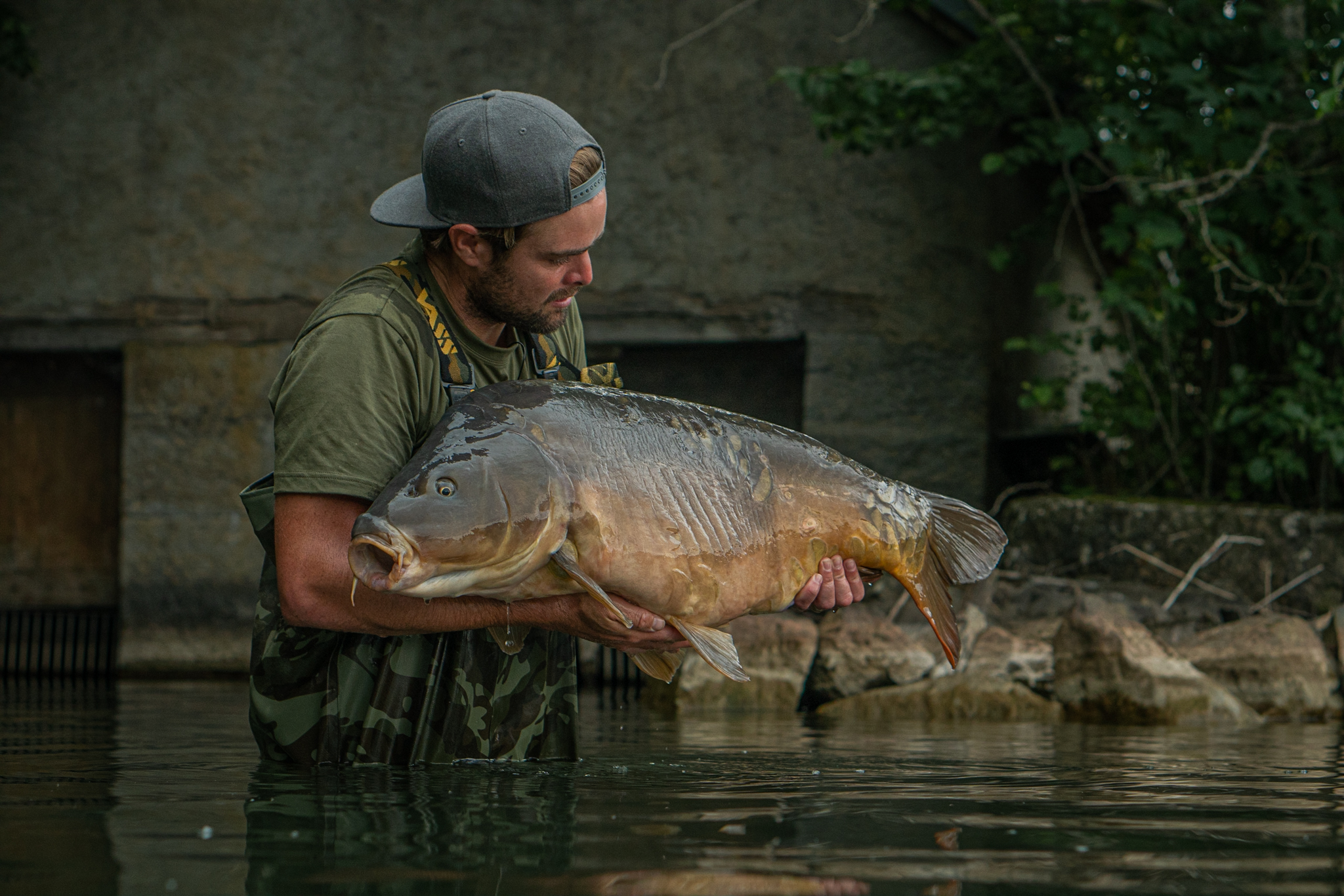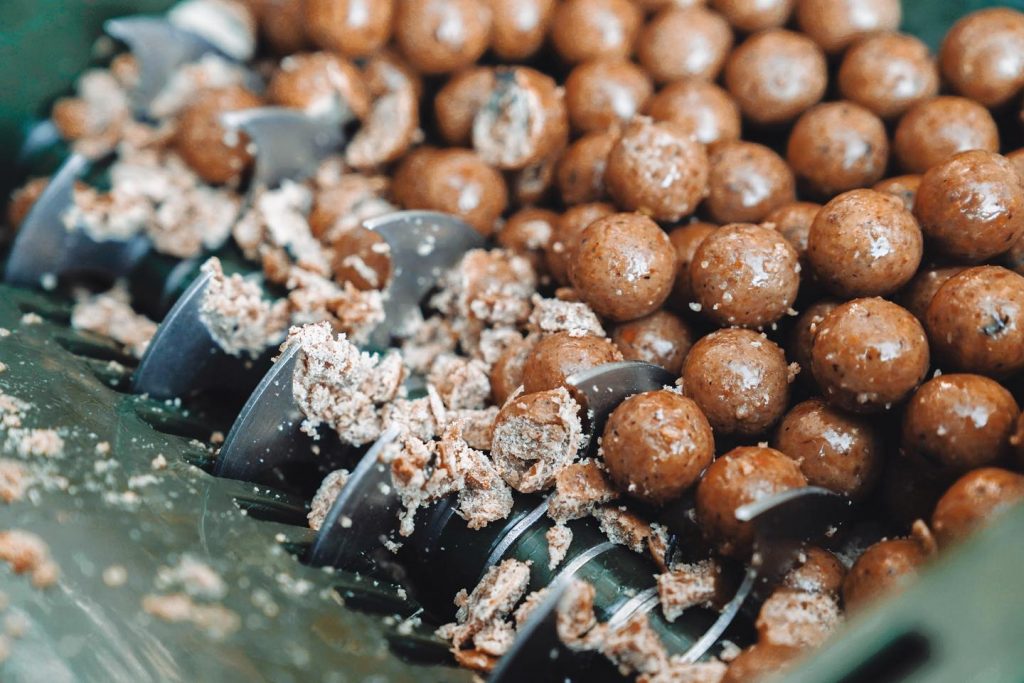Prebaiting is a key aspect in my angling and has gradually got more and more important over the years, as my angling time has decreased due to having a young family.
Prebaiting allows me to maximise my chances and helps me to harvest spots while not actually being at the venue fishing.
In a nutshell, prebaiting is any form of introducing bait prior to your session to ultimately prepare an area before you wet a line.

When To Prebait
If you really want to get a spot rocking you need to keep baiting it, come rain or shine, day or night, cold or warm. I don’t mean 20 kilos every other night (in fact this can be detrimental); it needs to be consistent and could even be a couple of handfuls. The levels of bait are not as important as the regularity that the fish see it.
The more free meals the fish get, without lines and leads being hammered into the water, the more they will keep coming back for more. It is not very often these days that fish get a nice, easy, free meal. The banks are generally quite busy and people find it hard to find the time to go and bait little spots without fishing them.
Be mindful of fellow anglers, though, and use your head, making etiquette a priority. It is not fair to be throwing bait all over the lake when other people are fishing around where you are baiting. Sometimes you can get down to the lake and it is too busy to bait, which happens sometimes. Other times it can be quiet where your spot is, which means you can do it without affecting other anglers.
This is also why it is important to get a couple of areas going. If it is busy one end of the lake you can bait the other and visa versa.
I personally like to do my baiting up in the dark too, because it is stealthy and no one can see it! A general practise will see me spend my evenings with my family, put the boy to bed and then get up the lake afterwards to bait up in the dark.
Where To Prebait
Regular baiting should be deployed in areas that you know the fish frequent. Although it can work, it is usually a waste of time just choosing areas on a whim and filling it in – you will often be wasting time and money!
Consequently, opt for areas that you know the fish feed in…if they are quiet from angling pressure, the better. No Carp Corner, will often be full of them. Little sheltered areas of the lake, swims that are unfancied because they are a long walk from the car park, weedy spots etc can often be great areas to try. Get to know the lake, watch the water, learn their movements and habits, then base your baiting on this.

I Target Small Holes In Weed Or Light Weed
If I have located carp in weedy areas of the lake then I use prebaiting as a way of harvesting and cleaning the spots. By regularly feeding small areas in or on the weed with particles such as hemp, snails, corn, or boilie crumb and other bits, carp will slowly clear it as they tear through the weed for every last morsel. As you begin to notice the spots getting clearer, the lead will be touching down firmer and eventually you could be harvesting a bit of a hotspot.
You can also prebait areas of silt too. The more they feed in it, the clearer and harder the spot will become. You will really experience this through the drop of the lead when you cast out. All good anglers will know how to feel the lead down and this is a great indicator of how the spot is firming up through regular baiting – especially if you are tooled up with braid!
I Like To Bait Marginal Spots Where Possible
My favourite type of prebaiting is in the edge, right under the rod tips. Anglers ignore the margins, but after years of being able to climb high vantage points (trees etc), this is a costly mistake. Carp love the margins!
So many times I have seen carp showing out in the middle, yet some of the biggest and best fish in the
pond are circling a weed bed just yards from the bank. Unless you are up a tree, you would never be able to see that. Polaroids are key in such an instance.
I can keep an eye on the spots that I bait close in and watch as they grow in size, become harvested. I have found that the trick is to try and fish the close in spots before they grow too big, in fact any for that matter. If they rip it to shreds, creating huge glowing, polished spots, sometimes it can be tricky to get a bite from it. This is why I bait little and often close in to stop that from happening.
Keep It Noted
Once you have found a few areas to bait, make sure you keep them noted. I do this with the wrap technique. Using a bare lead, I cast to my spots, stick the braid in the clip, and wrap this around my distance sticks, counting the number of wraps it takes until I reach the clip. This is then noted in my phone. I use the Fox Swim Mapper app to record my spots because you can take photographs of the swim.
What To Prebait With
You can prep your spots with any sort of bait, but personally, I like to start with a small-particle or boilie crumb approach; a mix boasting hemp, partiblend, maize and chopped nuts (either tigers or peanuts) basically anything small that keeps the carp occupied and isn’t too much of an easy meal. Boilie crumb can also be very effective. This is how I begin the harvest. You want the carp grazing and working hard for each particle bait ripping through the bottom for every last morsel. This is the most effective way of clearing a spot.
Once the spot begins to clean I then switch over to a more standard boilie approach because I have found that the carp can be a lot easier to catch on boilies, they aren’t feeding as closely to the bottom and they working from bait to bait rather than having to sift through the lake bed for particles.

All Year Round Tactic
I employ prebaiting all-year round and it is arguably even more important in winter, if you are hardy enough to battle the cold. If you have had the fish feeding pre winter, then keep the bait going in, keep them feeding, using energy, and you will often catch right through the cold. The moment the effort stops, might see the carp migrate to another area of the pond where they can sit, use less energy thus making less need to eat your bait. Needless to say, prebaiting is particularly effective in the warm when you know for a fact that they are on the move.

